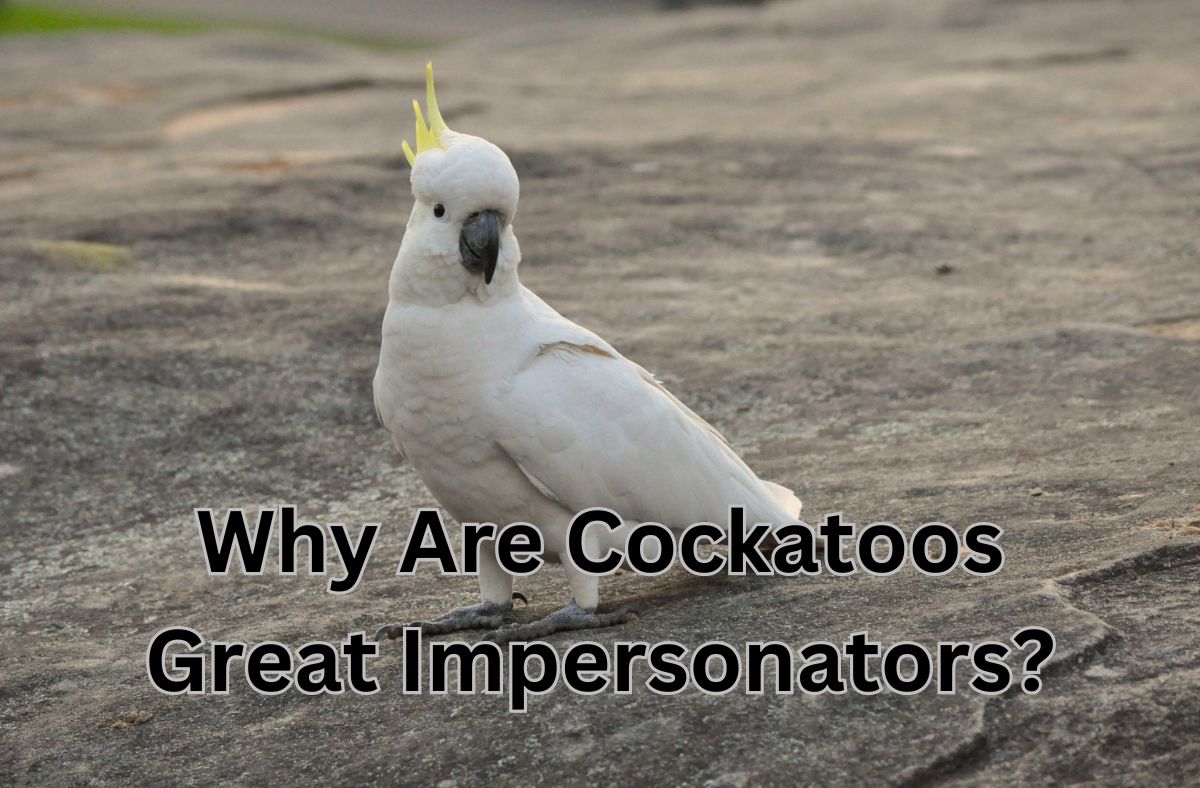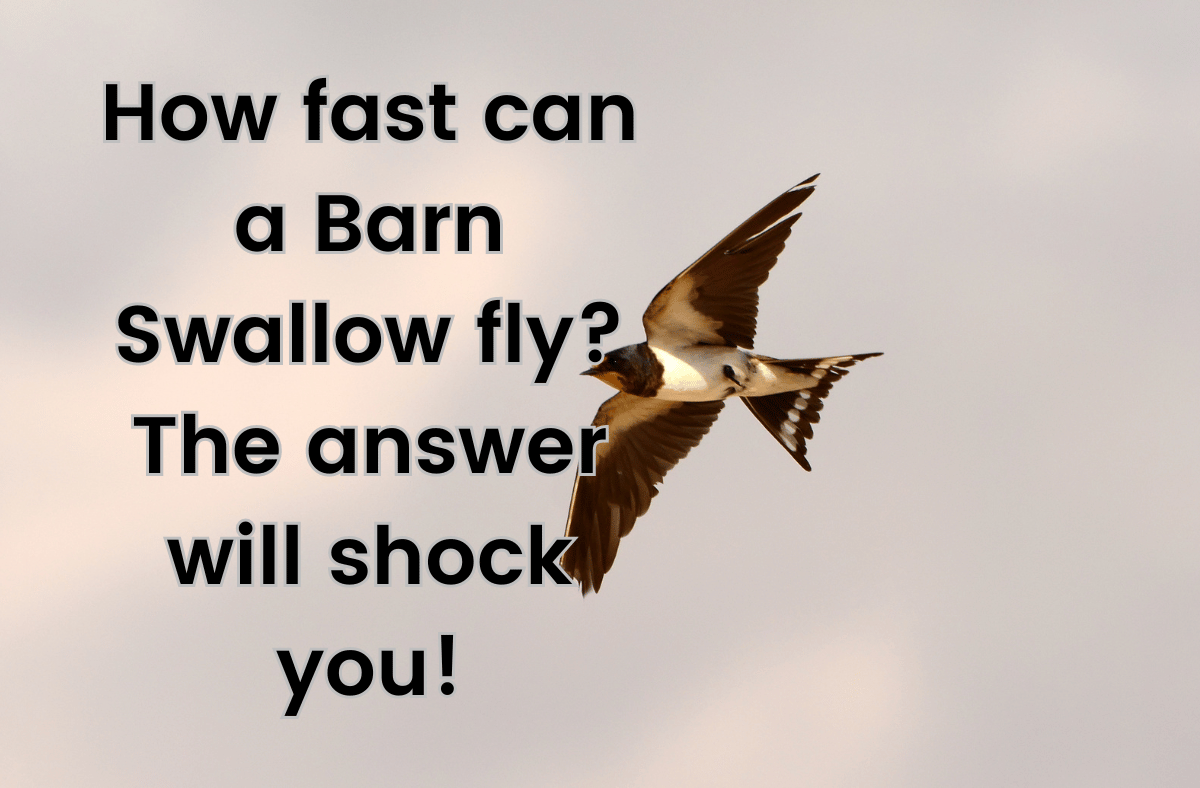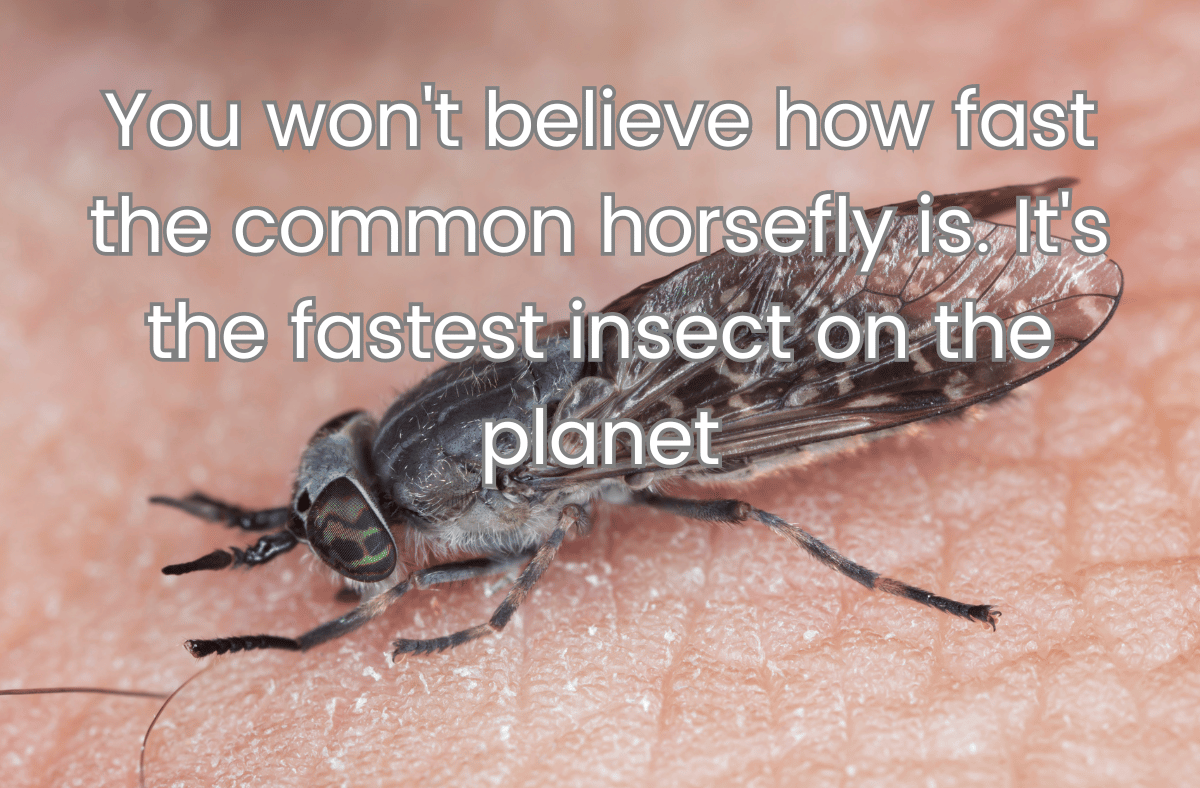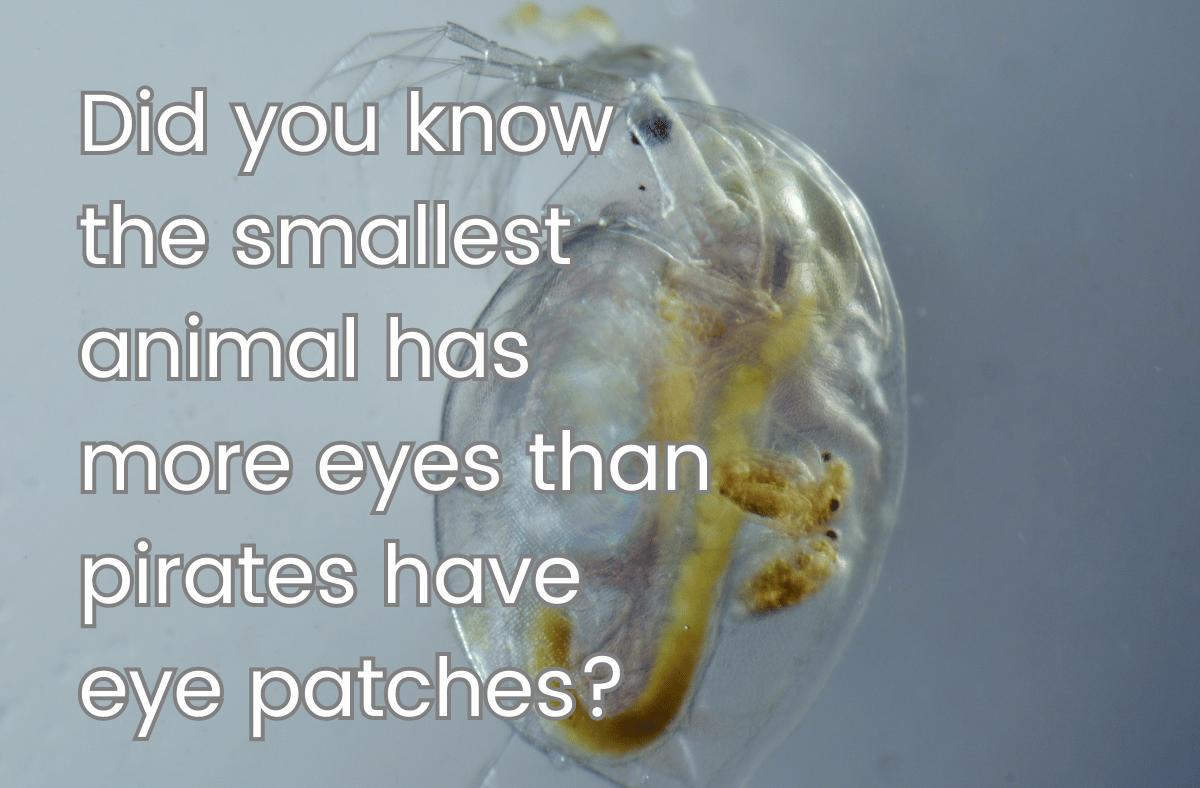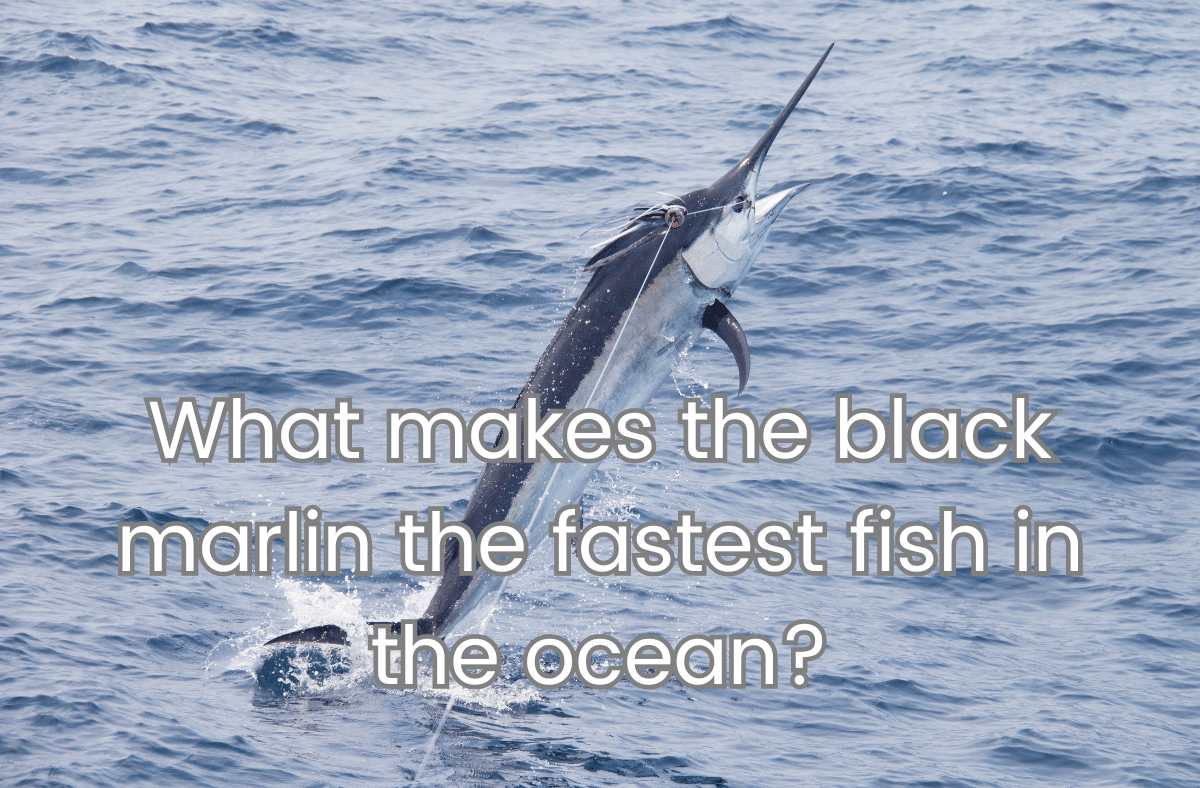The Chameleon’s Color Dance: Changing Hues at Will

Chameleons are fascinating creatures, famous for their ability to change colors. Firstly, they use this unique skill to communicate with other chameleons. If they feel aggressive or scared, their colors show it. Secondly, their shifting hues help them blend into their surroundings. In a garden full of green leaves, they can turn green too. If they need to hide from predators, they change rapidly. Thirdly, they can even shift colors to regulate their body temperature. On a cold day, dark colors help them warm up. Conversely, light colors cool them down on hot days. Additionally, their eyes move independently, aiding them in their daily tasks. Their special skin cells make all this magic happen. In the world of reptiles, chameleons stand out. In short, the dance of colors they perform is not just beautiful; it’s a survival tool, a form of communication, and a temperature regulator all in one. The complexity of their abilities is a marvel, yet it’s simple enough for anyone to appreciate and enjoy.
Leaf-Tailed Geckos: Masters of Mimicry in the Jungle

Leaf-tailed geckos are found in Madagascar. Their tails look like leaves. Hence, they blend with trees easily. This helps them hide from predators. At night, they become active. Then, they hunt for food. Their leafy appearance is their secret weapon. In short, they’re masters of jungle disguise.
Cuttlefish Camouflage: Underwater Shape-Shifters

Cuttlefish are remarkable creatures of the sea. They can change both color and shape. To hunt, they flash bright patterns. Then, they sneak up on prey. To hide, they mimic the surroundings. Even rocks and plants. This unique skill helps them survive. In short, they’re underwater masters of disguise. Their camouflage is an astonishing feat. Truly, the cuttlefish is a marvel to behold.
The Snowy Owl: A Winter Ghost in Arctic Tundra

Snowy owls live in the freezing Arctic tundra. Their white feathers help them blend with the snow, a perfect disguise. This way, they can hunt small mammals, like lemmings, without being seen. Additionally, they avoid predators like foxes and wolves. In winter, they’re nearly invisible, creating a beautiful illusion. Surprisingly, their large eyes adapt to the constant Arctic daylight, allowing them to see clearly. Even their nesting habits utilize camouflage, as they nest on the ground, hidden in plain sight. In summer, their feathers may have dark spots, helping them blend with the thawed ground. Children often find stories about snowy owls exciting and mysterious. The owls’ ability to disappear in their surroundings is an incredible feat, earning them the nickname of winter ghosts. This unique trait makes them one of the most interesting and well-adapted creatures in the frozen north.
Desert Wonders: How the Fennec Fox Blends with Sands

The Fennec Fox lives in the desert. Its coat is the same color as the sand. This helps it hide from predators. At the same time, it looks for food. During the hot day, it stays in its den. At night, it comes out to hunt. So, the desert becomes a safe home. Thanks to its sandy camouflage, life in a harsh environment is a bit easier. In short, the Fennec Fox is a true desert wonder.
Tiger’s Stripes: Camouflage in Dense Forests

Tigers are powerful animals. Their stripes help them blend in with the forest. In shadows, they become almost invisible. This way, they can stalk their prey easily. Once close, they pounce. Without these stripes, hunting would be harder. They not only match the environment but also break up their outline. As a result, they become part of the scenery. In addition, these stripes are unique to each tiger, like fingerprints in humans. Young tigers learn to use their camouflage by watching their mothers. Eventually, they become expert hunters too. Therefore, these bold patterns are not just beautiful; they’re essential for survival. Truly, tigers are masters of forest camouflage.
Camouflaged Caterpillars: Nature’s Invisible Architects

Caterpillars are nature’s invisible architects. Some look like twigs; others mimic leaves. To avoid birds, they blend in. When hidden, they munch on plants. In time, they transform into butterflies or moths. Thus, their camouflage plays a crucial role. Without it, survival would be hard. These tiny creatures prove that even in the insect world, clever design leads to success.







